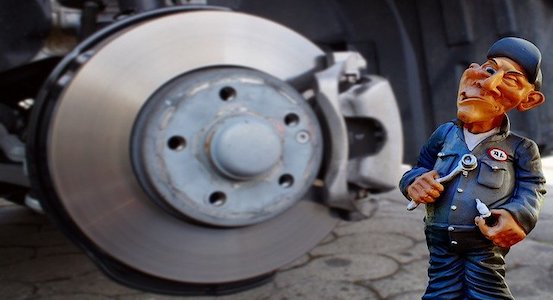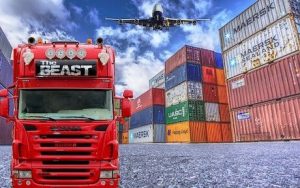
Driver Supply & Consumer Demand
October 8, 2020
Brakes in the Hot Seat
October 29, 2020Not Just Trucking. Intermodal, Too.

Intermodal: Interconnected
Even before the pandemic altered our lives and economies in February and March, the nation’s number of qualified drivers was headed toward trouble.
As we’ve spotlighted before (for example, see HERE and HERE), part of that dip in driver numbers is due to a few factors, including retirement (both scheduled and early) and the challenges of getting licensed as a certified carrier during a pandemic.
At the same time, demand is spiking in certain sectors like foodstuff and eCommerce. All of which creates a perfect storm of logistics challenges for the industry.
Though it doesn’t make us feel any better, our industry isn’t alone with these challenges. COVID has altered the intermodal transportation landscape, as well, with airlines in general and cargo transportation services facing similar situations. In certain sectors, demand is skyrocketing (no pun intended), and companies face strong challenges to meet consumer demand.
That world has a curious twist. Statista describes it this way:
“As the size of the aircraft fleet continues to increase worldwide, coupled with the increased annual growth rate of the global air traffic passenger demand, many airline carriers have been forced into a reduction in the number of flight schedules due to a shortage of pilots. This…also created a sudden surge in the number of flight cancellations.”
Larger planes means less need for pilots. And in the pandemic: more cancelled flights leads to more pilots out of work. Compounding that is the cost of getting certified. Prospective pilots can expect to spend more than $100,000 for education and flight training, which prices many out of the profession. And the FAA has implemented higher standards for certification due to “a series of highly publicized airplane accidents.”
It that isn’t enough, last month FreightWaves reported that Union Pacific railroad “laid off employees across its network.” Last week, Amtrak told Congress it needs $4.9 billion in bailout money to avoid service cuts and layoffs.
We’re not in the business of doom-and-gloom blogging. We do want to be realistic about some of the implications for the nation’s intermodal situation. It teeters, yes. And though these industries have fallen on hard times, they have not fallen. We’ve got that going for us.

